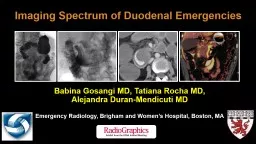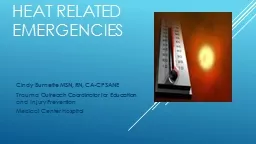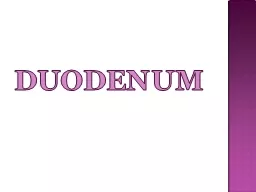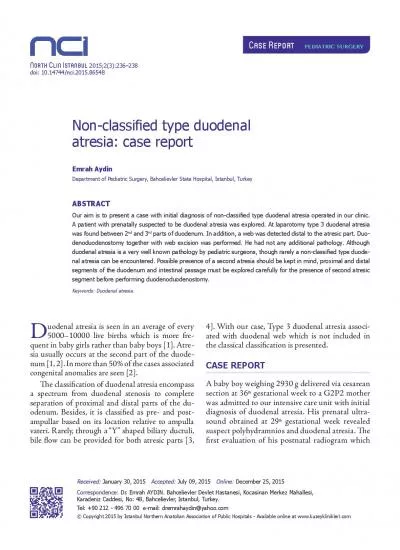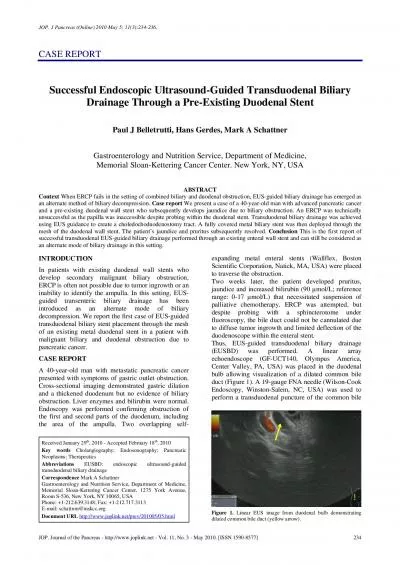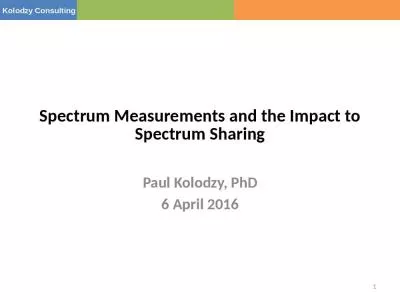PPT-Imaging Spectrum of Duodenal Emergencies
Author : callie | Published Date : 2022-02-24
Babina Gosangi MD Tatiana Rocha MD Alejandra DuranMendicuti MD Emergency Radiology Brigham and Womens Hospital Boston MA Goals and Objectives Review the anatomy
Presentation Embed Code
Download Presentation
Download Presentation The PPT/PDF document "Imaging Spectrum of Duodenal Emergencies" is the property of its rightful owner. Permission is granted to download and print the materials on this website for personal, non-commercial use only, and to display it on your personal computer provided you do not modify the materials and that you retain all copyright notices contained in the materials. By downloading content from our website, you accept the terms of this agreement.
Imaging Spectrum of Duodenal Emergencies: Transcript
Download Rules Of Document
"Imaging Spectrum of Duodenal Emergencies"The content belongs to its owner. You may download and print it for personal use, without modification, and keep all copyright notices. By downloading, you agree to these terms.
Related Documents

